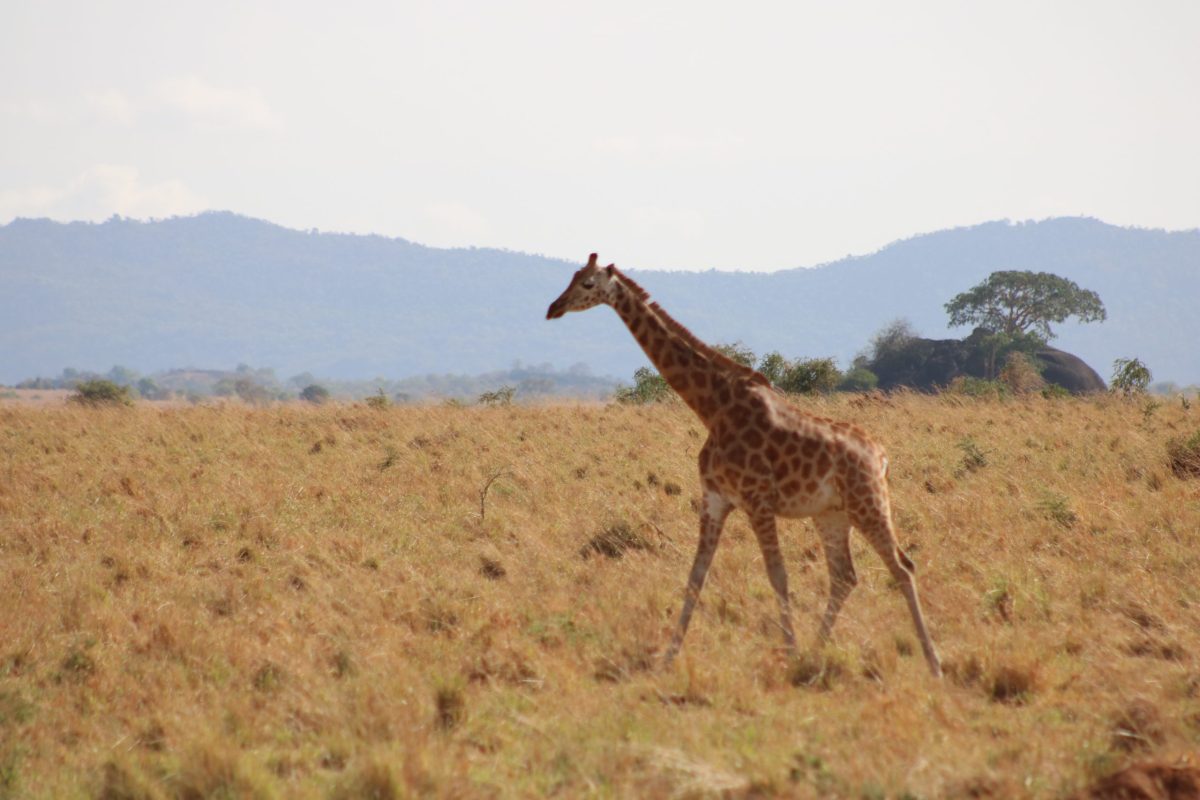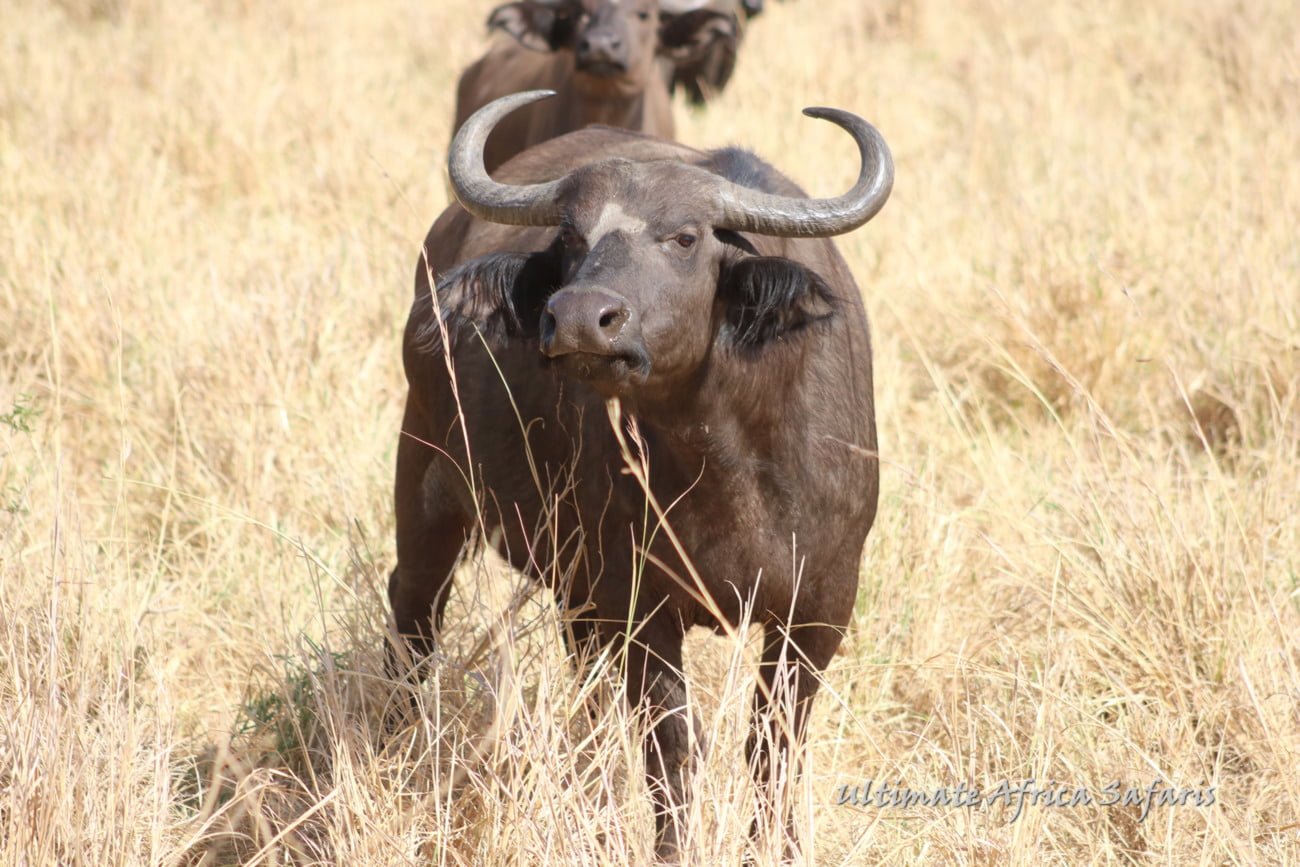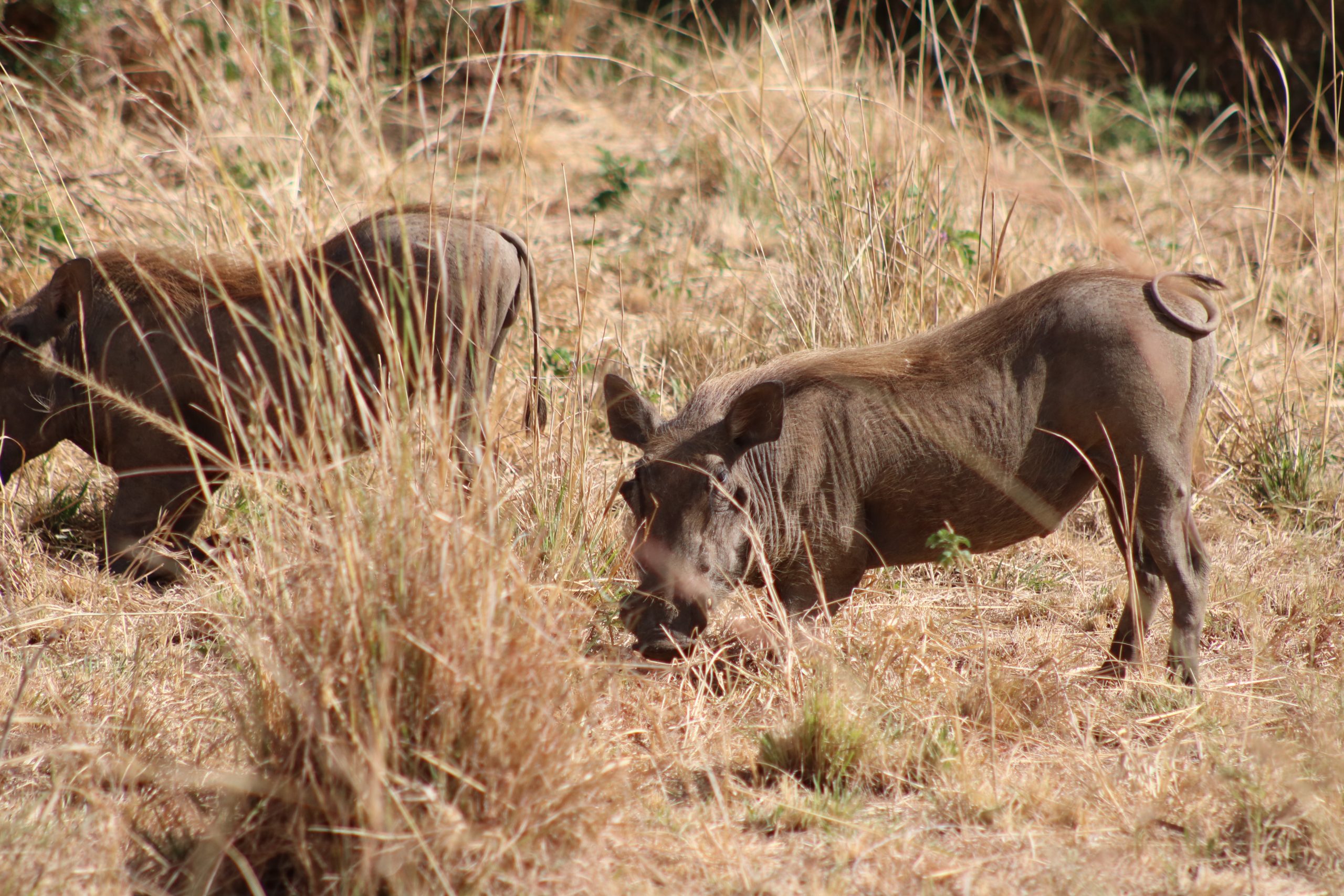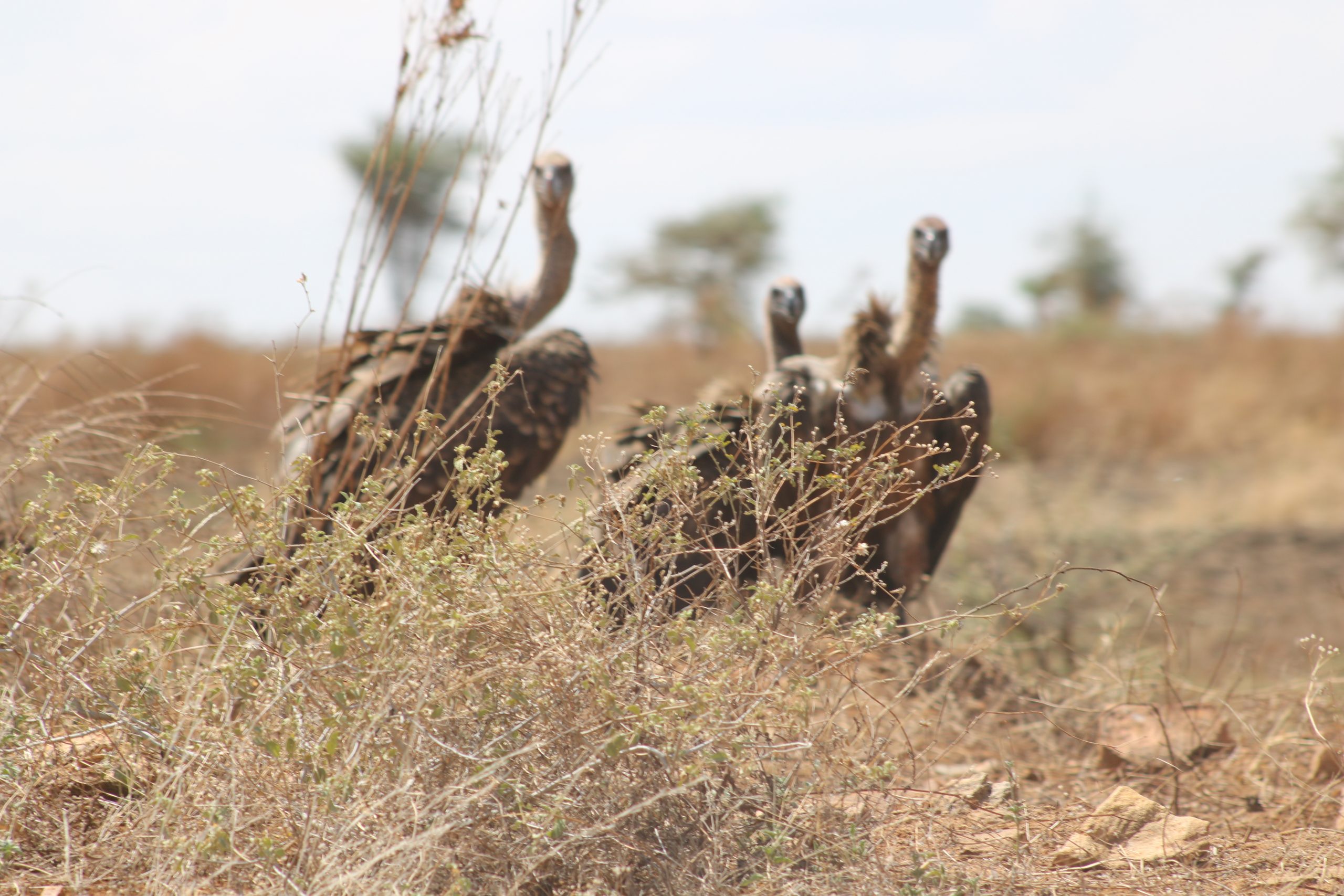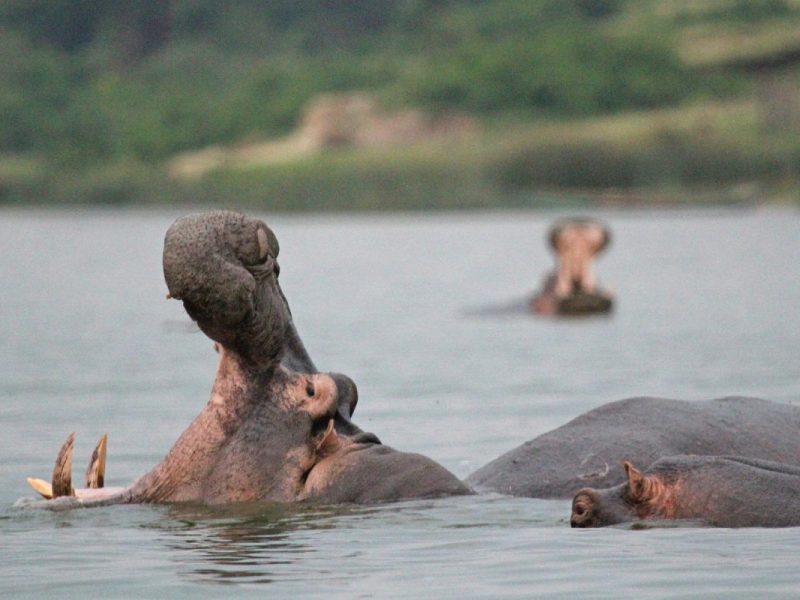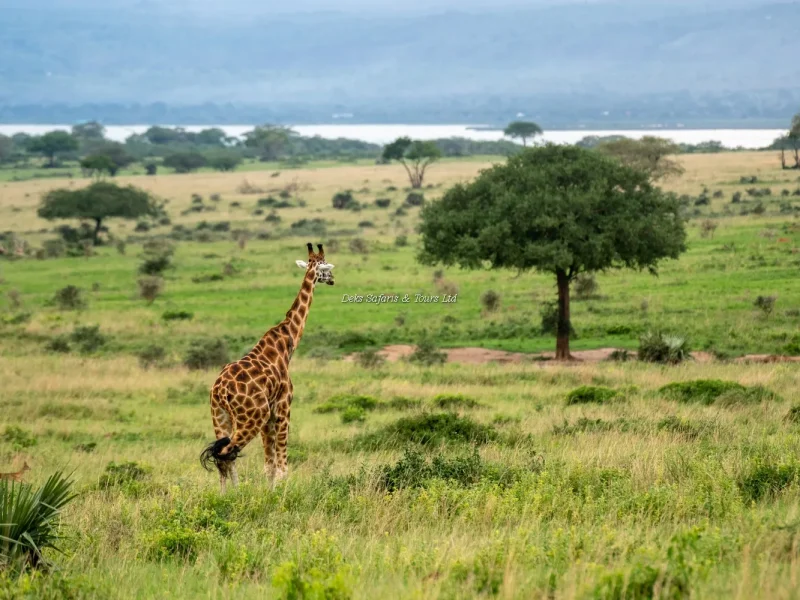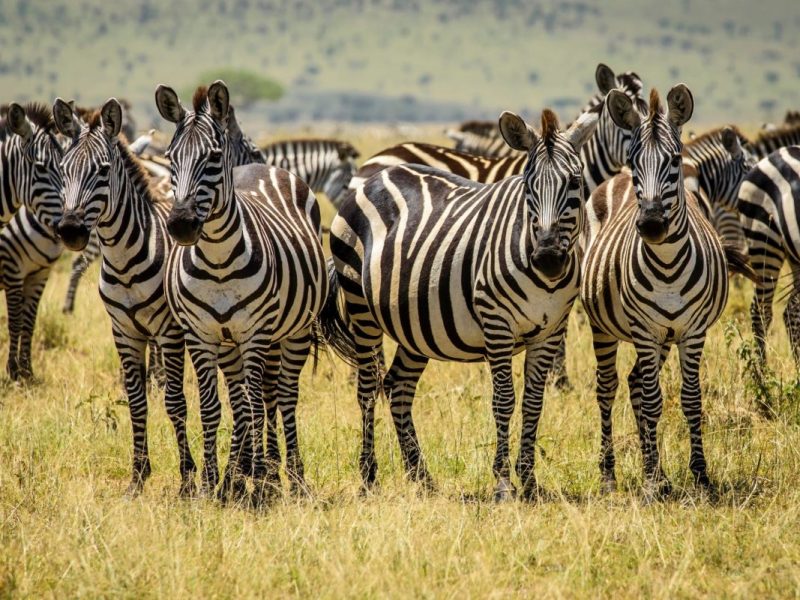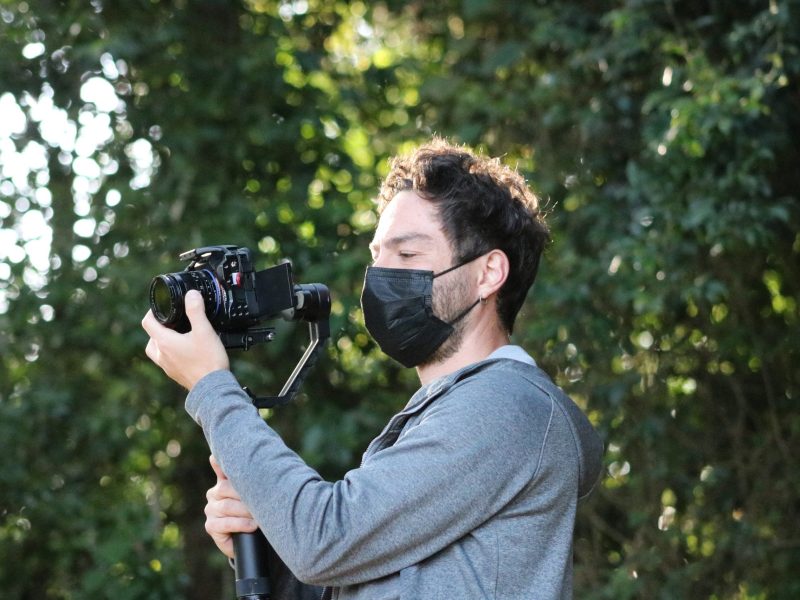Pian Upe Wildlife Reserve
The Pian Upe Wildlife Reserve is one of the most outstanding protected areas in the Karamoja subregion, which is located in the northeastern part of Uganda. The Karamoja subregion of northeastern Uganda is home to this substantial conservation area. It is Uganda’s second-largest protected area for conservation. It is the country’s second-largest protected area, after Murchison Falls National Park in Northwestern Uganda, with a total area of about 2788 square kilometers.
It is north of Mount Elgon in Eastern Uganda. Bokora Corridor Land Tenure Government Physical Features This is a high plateau with rolling plains and black cotton soil that is drained by intermittent watercourses that flow westward into Lake Kyoga. It is connected to Matheniko Game Reserve (160,000 ha). During the rainy season, most of the area is flooded. Mount Kadam, formerly Mount Debasien, is the reserve’s highest point at 3,068 meters, close to Kenya’s border. The majority of the area’s vegetation consists of wooded savanna grasslands, with some forest in the north on the edges of a higher ridge.
Brief History of Pian Upe Wildlife Reserve
In 1958, the Debasien Animal Sanctuary was established on the south side of this magnificent game reserve. This region was given the name Pian Upe Wildlife Reserve when it was extended northward in 1964. Hot springs make up this remarkable game reserve, which is one of the best places with mercury wells right at Mount Kadam. The Karamojong dialect, which means “Friendly Enemy,” is the name of this enormous wildlife reserve.
Unspoiled grassland and wooded grassland make up this game reserve. Kopjes, a section of riverine woodland, and other features are also present. Red acacia, desert date, bush willows, Harrison Abyssinia, and red spike thorns are the primary tree species in and around the reserve, as are butterfly pea and wooly caper bush.
Things to do in the Pian Upe Wildlife Reserve
Mammals
The Pian Upe Wildlife Reserve also contains several different species of mammals, including giraffes, black rhinos, lions, and elephants. In Uganda, there are plain zebras, common elands, oribi, and the only surviving roan antelope.
The area is home to a wide variety of mammals, including Jackson’s hartebeest, oribi, lion, leopard, cheetah, giraffe, buffalo, waterbuck, Uganda kob, mountain reedbuck, and roan antelope majority of eland, topi, and zebra breed in the North Bokora and Matheniko reserves before migrating north when the rains begin. Ostrich, the secretary bird Sagittarius, and uncommon yellow-billed shrike are examples of birds.
Birds
This amazing wildlife preserve is home to rare bird species, making it a great place for world-renowned birders to observe birds. The uncommon ostrich, great Hartlaub’s bustard, white-headed buffalo weaver, and Jackson’s hornbill are some of the rare birds you can see during your safaris in Pian Upe Wildlife Reserve. All of these birds are protected in the Loporokocho swamp. In addition, visitors to this stunning reserve can view a variety of primates, including distinctive olive baboons and vervet monkeys.
Reptiles
The wilderness is home to magnificent reptiles, particularly rock pythons, puff adders, and harmless water snakes. Pian Upe is home to huge rock pythons and puff adders, both of which have venom. There are also harmless water snakes. The Savannah monitors are Pian Upe’s largest lizards. The common agama, skinks, chameleons, and geckos are some of the other animals that live in the reserve.
Savanna monitors make up the majority of this remarkable reserve’s largest lizard population. Skinks, geckos, chameleons, and common Agama are also found in the reserve. During their wildlife safaris in Uganda, visitors should not miss out on the incredible Pian Upe Wildlife Reserve.
Plants
The majority of the reserve is made up of wooded and undisturbed grassland. Kopjes are also small areas of riverine woodland. Some land is used for agriculture, but the area near the Greek River is at risk of being converted.
Desert date and red acacia are the dominant tree species. Bushwillows, Harrison Abyssinia, and red spike thorns are also present. Butterfly pea and wooly caper bush are examples of shrubs. Numerous live yellow oleander fences can be found in agricultural areas.
Thatching grass and bristle species are the grassland’s common grasses. Lemon grasses and beard grasses are less common. Red nut sedge and Vlei bristle grass are the dominant plants along the rivers. Every year, the lower vegetation layer burns.
Things to Do in Pian Upe Wildlife Reserve:
If you’re planning a safari to Kidepo Valley National Park in the eastern part of Uganda or Mount Elgon National Park, Pian Upe Wildlife Reserve should be on your list of places to go for wildlife safaris and bird watching. It will provide you with unspoiled wild experiences that you won’t forget for a long time.
Game Drives:
A Uganda safari to Pian Upe Wildlife Reserve will reward you with breathtaking views of a variety of wildlife species, including zebras, buffaloes, leopards, lions, giraffes, greater Kudus, Topis, Oribis, Hartebeests, dik-dik, roan antelopes, jackals, aardvark, cheetahs, spotted hyenas, elands,
The majority of the 44 mammal species in this reserve are native to Uganda and restricted to this reserve and the Karamoja subregion. On the other hand, this wildlife reserve is home to approximately 242 different species of birds. Rock pythons, puff adders, water snakes, lizards, and other reptiles are included in the group. Red acacia, desert date, Harrison Abyssinia, and red spike thorns are the predominant tree species. shrubs like the wooly caper bush, butterfly pea, and others.
What threat does this reserve face?
Even though the Uganda Wildlife Authority gives local communities a portion of the tourism revenue to help stop poaching, it is believed that this protected area is still very much at risk from unchecked encroachers, especially herdsmen from Kenya. Cattle keepers typically use porous borders to enter the reserve, where they drive their animals, hunt for meat, and cut down trees to make room for the animals to settle. This practice scares away amazing bird species and wildlife, which are the main attractions for most tourists on a Uganda safari.
Accommodation in the Pian Upe Wildlife Reserve
There aren’t many options for overnight lodging in this reserve, but you can choose from the four Bandas and a few lodges that are accessible from the reserve’s headquarters.
How to Get to Pian Upe Wildlife Reserve
The headquarters of the Pian Upe wildlife reserve is 11 kilometers north of the northern boundary of the reserve and 90 kilometers off the coast of Mbale. When you reach Chepsukunya Trading Center, which is approximately two hours away by car, you will immediately be able to locate the headquarters of this reserve. Foreign visitors may be required to pay approximately $5 to enter the reserve, non-residents $10, and Ugandan and East African residents Shs.2500.Non-resident foreigners pay $30 for guided tours per walk, while foreign residents pay $15, and East Africans pay UGX 10,000.
Accommodation:
There should be no cause for concern when it comes to lodges or other forms of lodging where visitors can spend the night. Any one of the four bandas located around the headquarters of the game reserve is a good place for tourists to spend the night before or after going on a wildlife safari or birding trip.
Uganda’s Pian Upe Wildlife Reserve is a remarkable protected area that gives tourists amazing opportunities to go on wildlife safaris. The reserve meets nearly all travel requirements; When you visit Uganda, don’t miss out on the world-class birding and wildlife safari opportunities this remarkable wildlife reserve offers. Your safaris in Uganda will be unforgettable!


